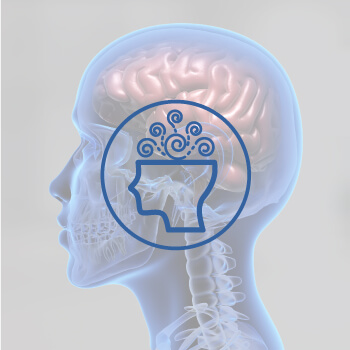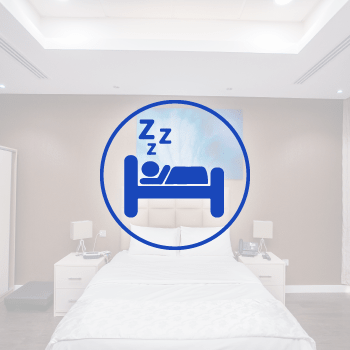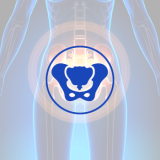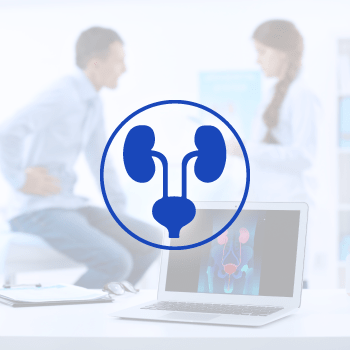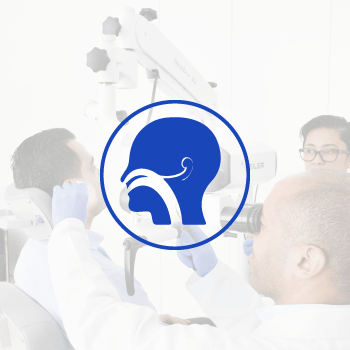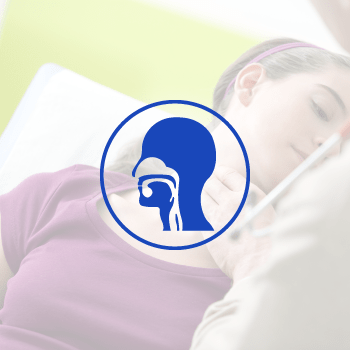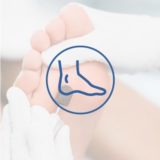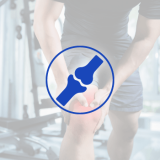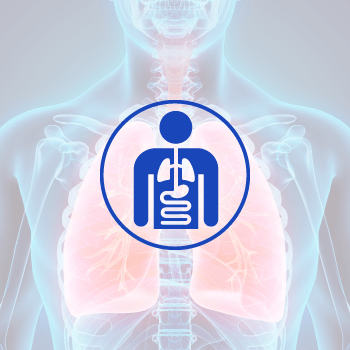TRV CHAIR
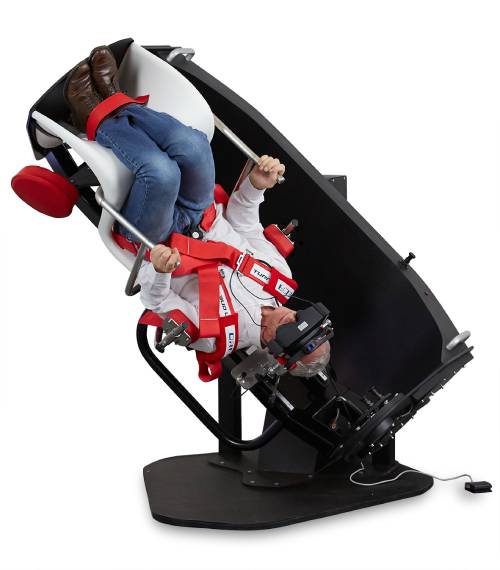
TRV Chair
The TRV Chair is a unique tool for the diagnosis and treatment of benign paroxysmal positional vertigo (BPPV). With the TRV Chair, examiners can rotate their patients 360 degrees along the plane of each semicircular canal. It is also possible to lock the patient in any position for a detailed look at each semicircular canal.
WHY TRV CHAIR?
- Benign Paroxysmal Positional Vertigo (BPPV)
- Easy to diagnose
- Safe and secure
- Easy to operate
- Improved diagnostic specificity
- From diagnosis to treatment
- Innovative patented product
Vertigo, or dizziness, accounts for about 6 million clinic visits in the U.S. every year, and nearly 50% of these patients are eventually diagnosed with BPPV. BPPV represents the most common cause of otogenic vertigo. Nearly 10% of the population will experience an incidence of BBPV during their lifetime. BPPV affects all ages but the incidence steadily increases by 38% per 10 years of life, with a peak incidence between 50 and 70 years.
Diagnosing heavy patients, disabled patients, elderly patients or patients with a history of neck issues has always been a challenge when applying manual tests such as the Dix-Hallpike and Positional tests. Between 10 and 20% of patients with BPPV cannot be adequately diagnosed and treated with conventional methods. The combination of a balanced TRV chair with a video-enabled goggle allows the clinician to move the patient to any required position while monitoring the eyes for positional induced nystagmus.
With the patient comfortably secured by a four-point harness, additional headrest, and foot support – the examiner can rotate the patient in any canal planes with 360 degrees of freedom around the vertical and horizontal axes.
Due to the system with the adjustable counterweight, the weight of the chair and the patient are balanced, making it very easy to perform the maneuvers with little effort from the operator.
With the improved accuracy in performing each maneuver and the high quality eye video imaging
achieved with the TRV set up, a pattern of previously undocumented pathologies has been identified:
– More cases of lateral canal involvement, multi-canal involvement and cupulolithiasis are reported.
– Relatively more cases of combined canal involvement
– Relatively more cases of cupulolithiasis
– Shock absorbers provide a more effective treatment of cupulolithiasis
The TRV chair is not only a diagnostic tool, but it is also an integral part of the rehabilitation process. In addition to the standard BPPV maneuvers (such as an Epley or Semont) there are unique new maneuvers (Dynamic maneuvers) to treat all types of BPPV in any of the 6 canals.
Thanks to its perfect balance, the TRV chair allows the examiner to easily rotate the patient 360 degrees along the plane of each semicircular canals (scc) and to hold the patient in any position for detailed examination of the semicircular canals. This facilitates stress-free and precise stimulation and diagnosis of any of the 6 semicircular canals.
FAQs
- Who is the perfect candidate for this chair?
- Can you take an appointment for the chair or does it has to be through doctors referral?
- How long does a session take?
- How many sessions would you need to complete a treatment?
Ideally patients with positional vertigo, i.e. Patient feeling Dizzi when they change their positions. We can also treat patients with motion sickness.
Yes, If it has to be covered by insurance, else they need to pay by themselves.
Depending on the condition of patient, it can vary from 30 Minutes to 90 Minutes ( Strapping the patient in the chair itself will take 15 minutes )
It depends, some patients can be treated in a single session, some patients with, cupulolithiasis or vestibulolithiasis might take 2-3 multiple sessions.









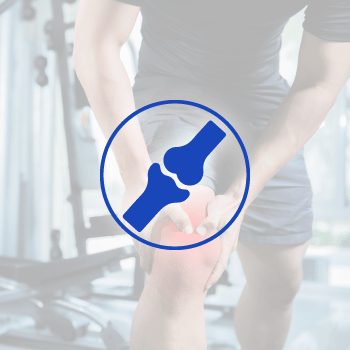 أنقر هنا
أنقر هنا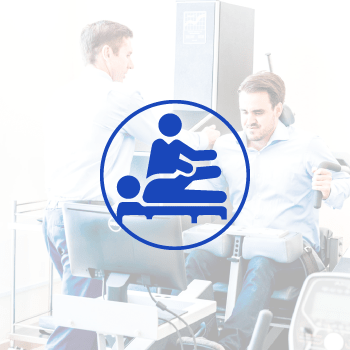 أنقر هنا
أنقر هنا
